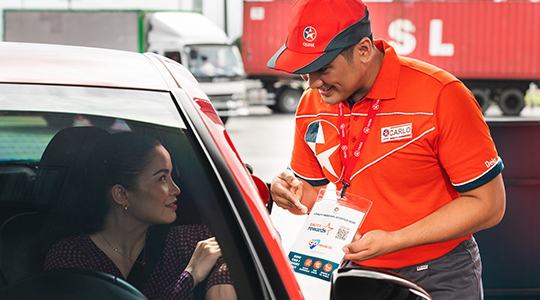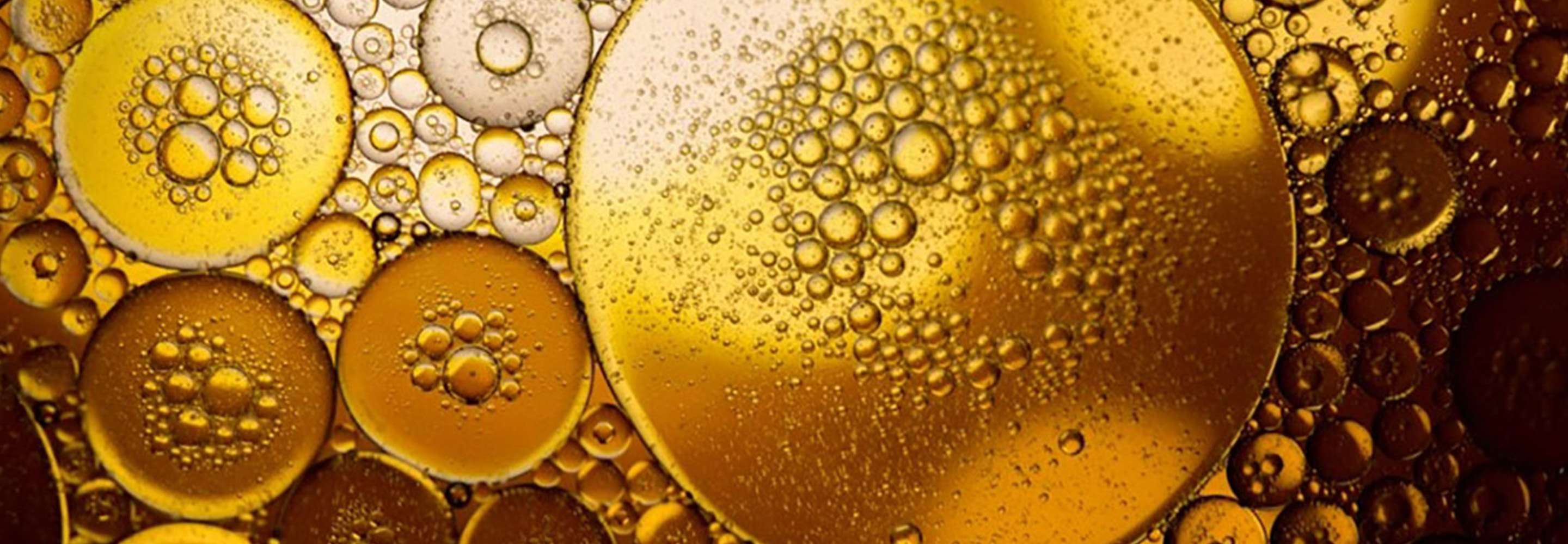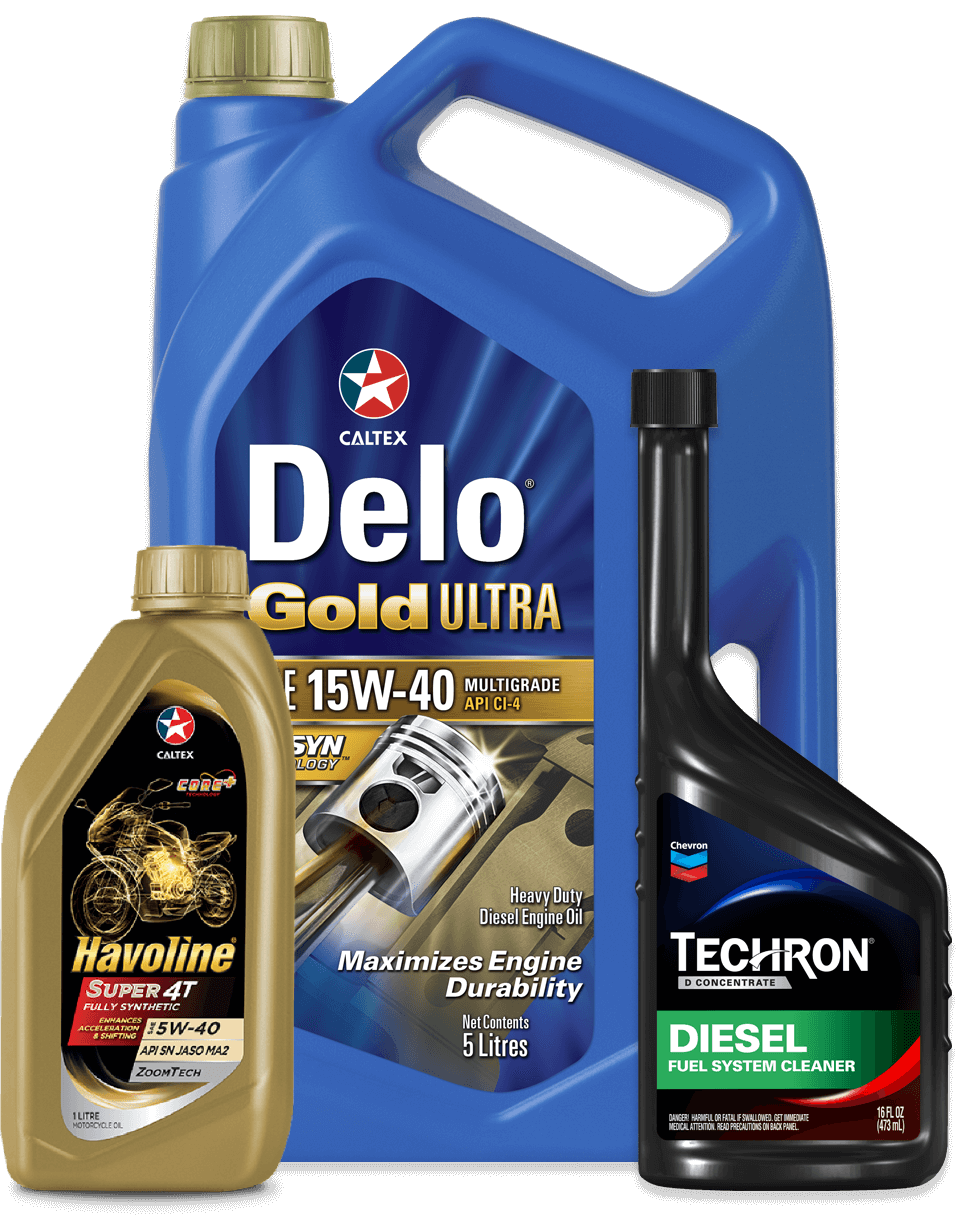Most additives are chemicals that become solubilized in the oil and become immune to filtration during the manufacturing process. However, there are several types of additives that can affect filtration.
Lubricant cleanliness, as we have pointed out frequently in our articles, is essential to lubricant performance. Abrasive particulate matter in lubricants can impair the reliable operation of machinery components, or worse, cause equipment failure. Oil filtration is commonly used to maintain oil cleanliness within ISO cleanliness code requirements. However, contrary to popular belief, there is a risk that too much filtration or the incorrect type of filtration can remove additives from lubricants, which in turn can affect the performance of the oil.
Additive packages are added to finished oil products for a reason, such as prevention of foaming or stabilizing viscosity. Most additives are chemicals that become solubilized in the oil and become immune to filtration during the manufacturing process. However, there are several types of additives that can affect filtration. Moreover, not all lubricants are formulated the same way. Different manufacturers may have different recipes and blending procedures for the same type of lubricant. Due to the variability between suppliers, quantities and types of additives, it’s not possible to have a standard filtration requirement for each lubricant type – for example, that all hydraulic oils can be filtered at the same level. The same is true when comparing different types of oil, such as hydraulic and gear oils.
Most lubricant additives are solubilized in the oil and are usually less than half a micron in size. In some cases, they can adhere together, especially if water or contaminates are present, to form larger clumps that can be filtered out of the oil. Using a 15-micron size filter has usually proven effective in preventing excessive filtration. Very small pore-size filters below this level can remove additives out of some oils. The temperature at which oils are filtered can also affect how the additive will respond to filtration.
Viscosity index (VI) improvers are long-chain polymer molecules that are most often used in multi-viscosity oils, such as engine and transmission oils, and some gear and hydraulic oils. Their purpose is to reduce the degree to which viscosity will decrease under high-temperature conditions. In most cases, they are thoroughly solubilized in the oil and do not pose a target for the filter. In some cases, a VI improver may be removed through filtration if the oil is cold or has sat idle for a long time. It is soft, however, and usually passes through the filter without being removed.
Foam inhibitors are added to lubricants to break up foam bubble formations before they can interfere with lubrication. Anti-foam agents are liquid and do not solubilize in the oil. Silicon foam inhibitors, which are commonly used in many oil formulations are held in suspension until they are required to work. In certain situations, these foam inhibitors can become absorbed to the surface area of the filter media, particularly those with smaller filter sizes, or when there is a high concentration of particles in the lubricant. Removing foam inhibitors can cause serious problems in many applications where foam prevention is critical to lubricant performance.
Cleaner oil is a desirable goal, without question, but cleanliness requirements must be balanced against performance requirements. If a lubricant has been filtered to the point that essential additives have been removed, its performance can be adversely affected. It’s always good to double check with your lubricant manufacturer to determine the correct filtration limits and temperature requirements. Working with your supplier to obtain a lubricant certified to meet your OEM’s cleanliness requirements is the best way to get started. Backing and certification by the lubricant manufacturer are key to ensuring you are not damaging the lubricant or your equipment.
Speak to your Caltex Lubricants Salesperson to help you get started clean and avoid the burden and risk of pre-filtering new lubricants at your facility.
Most additives are chemicals that become solubilized in the oil and become immune to filtration during the manufacturing process. However, there are several types of additives that can affect filtration.
Lubricant cleanliness, as we have pointed out frequently in our articles, is essential to lubricant performance. Abrasive particulate matter in lubricants can impair the reliable operation of machinery components, or worse, cause equipment failure. Oil filtration is commonly used to maintain oil cleanliness within ISO cleanliness code requirements. However, contrary to popular belief, there is a risk that too much filtration or the incorrect type of filtration can remove additives from lubricants, which in turn can affect the performance of the oil.
Additive packages are added to finished oil products for a reason, such as prevention of foaming or stabilizing viscosity. Most additives are chemicals that become solubilized in the oil and become immune to filtration during the manufacturing process. However, there are several types of additives that can affect filtration. Moreover, not all lubricants are formulated the same way. Different manufacturers may have different recipes and blending procedures for the same type of lubricant. Due to the variability between suppliers, quantities and types of additives, it’s not possible to have a standard filtration requirement for each lubricant type – for example, that all hydraulic oils can be filtered at the same level. The same is true when comparing different types of oil, such as hydraulic and gear oils.
Most lubricant additives are solubilized in the oil and are usually less than half a micron in size. In some cases, they can adhere together, especially if water or contaminates are present, to form larger clumps that can be filtered out of the oil. Using a 15-micron size filter has usually proven effective in preventing excessive filtration. Very small pore-size filters below this level can remove additives out of some oils. The temperature at which oils are filtered can also affect how the additive will respond to filtration.
Viscosity index (VI) improvers are long-chain polymer molecules that are most often used in multi-viscosity oils, such as engine and transmission oils, and some gear and hydraulic oils. Their purpose is to reduce the degree to which viscosity will decrease under high-temperature conditions. In most cases, they are thoroughly solubilized in the oil and do not pose a target for the filter. In some cases, a VI improver may be removed through filtration if the oil is cold or has sat idle for a long time. It is soft, however, and usually passes through the filter without being removed.
Foam inhibitors are added to lubricants to break up foam bubble formations before they can interfere with lubrication. Anti-foam agents are liquid and do not solubilize in the oil. Silicon foam inhibitors, which are commonly used in many oil formulations are held in suspension until they are required to work. In certain situations, these foam inhibitors can become absorbed to the surface area of the filter media, particularly those with smaller filter sizes, or when there is a high concentration of particles in the lubricant. Removing foam inhibitors can cause serious problems in many applications where foam prevention is critical to lubricant performance.
Cleaner oil is a desirable goal, without question, but cleanliness requirements must be balanced against performance requirements. If a lubricant has been filtered to the point that essential additives have been removed, its performance can be adversely affected. It’s always good to double check with your lubricant manufacturer to determine the correct filtration limits and temperature requirements. Working with your supplier to obtain a lubricant certified to meet your OEM’s cleanliness requirements is the best way to get started. Backing and certification by the lubricant manufacturer are key to ensuring you are not damaging the lubricant or your equipment.
Speak to your Caltex Lubricants Salesperson to help you get started clean and avoid the burden and risk of pre-filtering new lubricants at your facility.
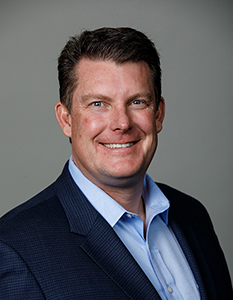
About Author
Jason is currently the Americas ISOCLEAN Business Manager for Chevron Lubricants where he is implementing an industry leading business model for certified clean lubricants. He has 23 years of experience in the lubricants and fuel industry holding various positions in operations management, marketing, and sales with his primary passion focused on equipment reliability utilizing certified clean lubricants. He holds a B.S. degree in Business Marketing from the University of Wyoming and has been recognized by the Society of Tribologists and Lubricant Engineers as a Certified Lubricant Specialist and Oil Monitoring Analyst.
ARTICLES FOR YOU
ARTICLES FOR YOU

Trends in Passenger Car Motor Oils: Evolving Engine Technology Driving Change
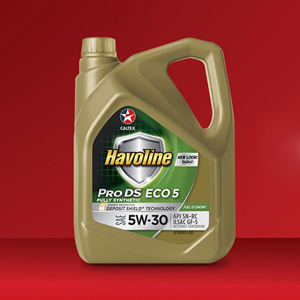
GM’s dexos1™ PCMO Specification Knowledge

How Synthetic Oils Are Helping Cars Last Longer

Synthetic Oils Are The Wave Of The Future For Passenger Cars
Need more assistance?
Begin your journey towards world class products and services with Caltex.





